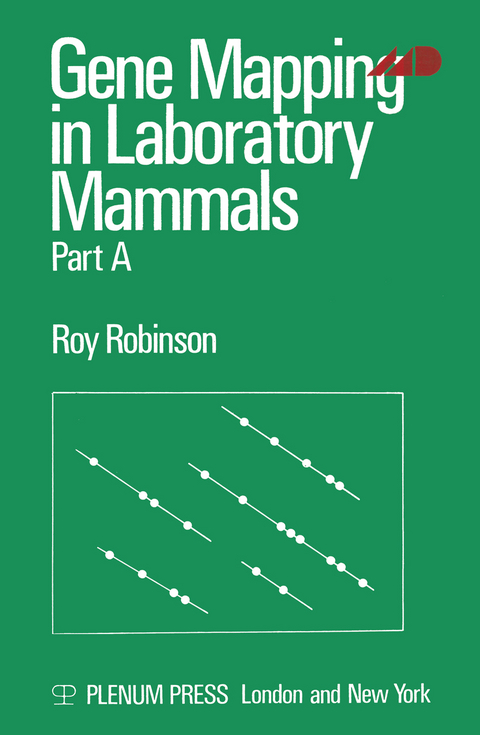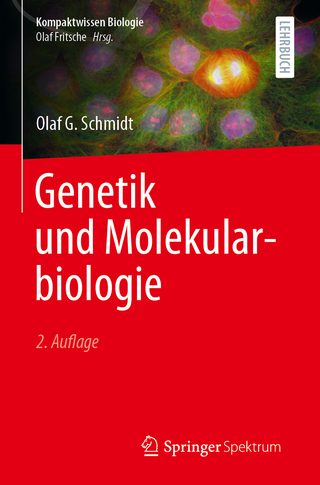
Gene Mapping in Laboratory Mammals
Part A
Seiten
2012
Springer-Verlag New York Inc.
978-1-4684-2984-8 (ISBN)
Springer-Verlag New York Inc.
978-1-4684-2984-8 (ISBN)
The present work is an attempt to provide a systematic treatment of genetic linkage in diploid heredity. A large proportion, if not the majority, of mutant genes fail to match up to 'textbook' genes-with faultless segregation ratios and expression-yet, these are the materials with which the practical researcher has to cope.
The present work is an attempt to provide a systematic treatment of genetic linkage in diploid heredity. Part A presents a general account of statistical methods which can be brought to bear on the problem. The primary emphasis is on the practical aspects of estimation. A large proportion, if not the majority, of mutant genes fail to match up to 'textbook' genes-with faultless segregation ratios and expression-yet, these are the materials with which the practical researcher has to cope. For this reason, it is important to know how to deal with the assortment of genes which may display significant deviations from expectation. Part B examines the accumulated data on linkage for most of the laboratory mammals and provides a comprehensive and up-to-date survey. The need for a critical review has often been expressed and it is hoped that the present analysis will fill the gap. The volume of material is probably the most important in the animal kingdom other than that for Drosophila species.
The present work is an attempt to provide a systematic treatment of genetic linkage in diploid heredity. Part A presents a general account of statistical methods which can be brought to bear on the problem. The primary emphasis is on the practical aspects of estimation. A large proportion, if not the majority, of mutant genes fail to match up to 'textbook' genes-with faultless segregation ratios and expression-yet, these are the materials with which the practical researcher has to cope. For this reason, it is important to know how to deal with the assortment of genes which may display significant deviations from expectation. Part B examines the accumulated data on linkage for most of the laboratory mammals and provides a comprehensive and up-to-date survey. The need for a critical review has often been expressed and it is hoped that the present analysis will fill the gap. The volume of material is probably the most important in the animal kingdom other than that for Drosophila species.
of Part A.- A: The Biometrical Approach.- 1 Introduction.- 2 Maximum Likelihood Estimation.- 3 Inviability, Impenetrance and Linkage Detection.- 4 Estimation with Normal Gene Ratios.- 5 Estimation with Inviability.- 6 Estimation with Impenetrance.- 7 Estimation with Inviability and Impenetrance.- 8 Scoring.- 9 Multi-point Crosses.- 10 Mapping Functions.- 11 General Bibliography.- Index of Part A.
| Zusatzinfo | VIII, 152 p. |
|---|---|
| Verlagsort | New York, NY |
| Sprache | englisch |
| Maße | 155 x 235 mm |
| Themenwelt | Sachbuch/Ratgeber ► Natur / Technik ► Naturführer |
| Medizin / Pharmazie ► Medizinische Fachgebiete ► Laboratoriumsmedizin | |
| Studium ► 2. Studienabschnitt (Klinik) ► Humangenetik | |
| Naturwissenschaften ► Biologie ► Genetik / Molekularbiologie | |
| Naturwissenschaften ► Biologie ► Zoologie | |
| Veterinärmedizin | |
| ISBN-10 | 1-4684-2984-1 / 1468429841 |
| ISBN-13 | 978-1-4684-2984-8 / 9781468429848 |
| Zustand | Neuware |
| Haben Sie eine Frage zum Produkt? |
Mehr entdecken
aus dem Bereich
aus dem Bereich
Eine sehr persönliche Geschichte | Der New York Times-Bestseller
Buch | Softcover (2023)
Ullstein Taschenbuch Verlag
21,99 €
Die revolutionäre Medizin von morgen (Lifespan)
Buch | Softcover (2020)
DuMont Buchverlag
16,00 €


